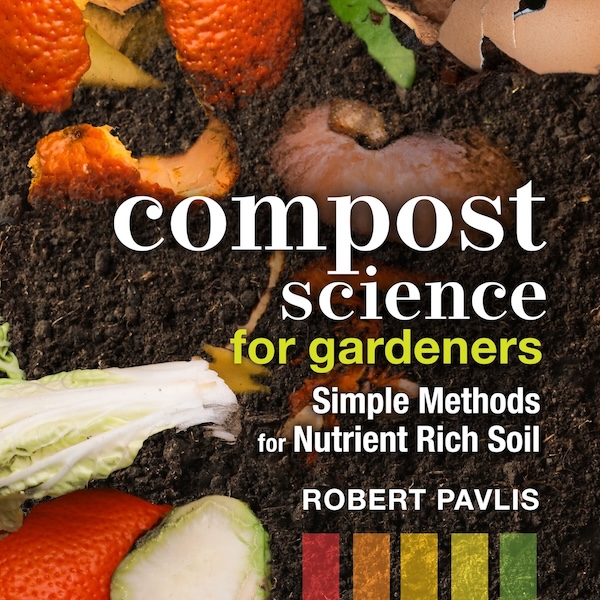
Simple Methods for Nutrient-Rich Soil”
By Robert Pavlis
New Society Publishers, 2023
224 pages, paperback, $22.99
“Compost Science for Gardeners” is an introduction, a deep dive, a manual, and a decision tree all at once. It is a useful guide for those just beginning to learn about compost and for those with more experience looking to improve their practices.
The first chapter introduces ecological and financial reasons to compost and clarifies common myths and misunderstandings. Chapters two through four explore the underlying science of composting and how that can inform approaches to composting. Chapter two, “Role of Compost in the Soil,” offers a thorough introduction to soil science and its relationship to plant biology. The third chapter, “The Science of Composting” walks through the microbial and molecular processes that convert raw material into compost. In the fourth chapter, “Compostable Materials,” Pavlis lists what can and cannot be composted, and why. Pavlis also discusses controversial raw materials, like human waste and “compostable” plastics.
Chapters five through ten explore systems, methods, and guidelines for composting. Chapter five, “Managing the Composting Process,” describes basic principles of making compost and troubleshooting tips. Importantly, it also notes what’s not worth worrying about. The sixth chapter, “Piles, Bins and Tumblers” compares several outdoor composting systems and their pros and cons. For readers who are interested in composting but don’t want it to become a hobby, chapter seven, “Easy Composting,” explains simple, affordable approaches, and critiques some “easy composting” gadgets. Chapters eight through ten, “Vermicomposting,” “Bokashi Composting,” and “Eco-enzymes” explore trendy composting methods that some people claim to have benefits beyond conventional composting. Pavlis explains which of those claims scientific research does and does not support.
Most gardeners won’t produce enough compost to meet their needs. Chapter eleven, “Buying Compost,” compares types and sources of compost, and discusses the potential for contamination. Chapter twelve assesses the validity of common claims about the benefits of compost tea. “Selecting the Best Composting Method,” chapter thirteen, includes helpful tables to compare methods based on your circumstances. Chapter fourteen, “Using Compost,” discusses where and when to use compost in the garden. Finally, the epilogue warns readers of the prevalence of garden myths and suggests some ways to identify them.
The science of composting relies on knowledge from myriad fields. This book brings them together in a way that is relevant, thorough, and comprehensible. Pavlis is dedicated to basing these discussions on accurate and precise language about composting science, which helps to undercut myths, add context, or explain uncertainties. The focus of this book is on gardeners composting at the home scale, but the underlying science would still be informative for farmers. Few books intended for gardeners acknowledge apartment-dwellers, so I appreciated the discussion of suitable indoor approaches. Missing from the book’s discussions of contamination in chapters four and ten is PFAS (per- and polyfluoroalkyl substances) contamination. However, we still know very little about the risks of PFAS contamination in compost, so it may have been difficult to include in this book at this time.
“Compost Science for Gardeners” is an excellent read for those interested in starting to compost, improving their composting system, using compost, or simply better understanding it.
– Mariam Taleb
This review was originally published in the spring 2025 issue of The Maine Organic Farmer & Gardener. Browse the archives for free content on organic agriculture and sustainable living practices.
